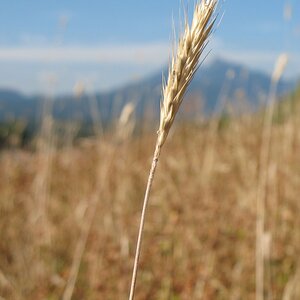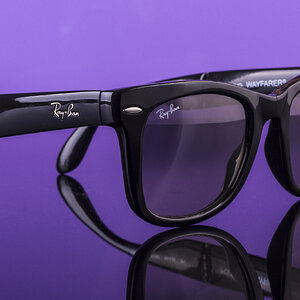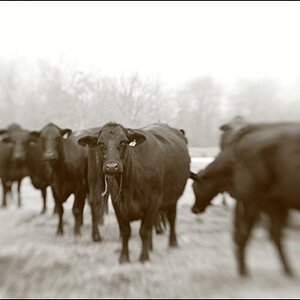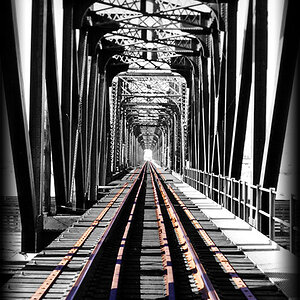iskoos
TPF Noob!
- Joined
- Nov 19, 2009
- Messages
- 187
- Reaction score
- 2
- Location
- Orlando, FL
- Can others edit my Photos
- Photos OK to edit
How is it possible that as you go from one of the the lowests f-stops (like 1.4) to all the way to f/16, f/22, f/32 or whatever, the image circle size doesn't change causing vignetting and/or FOV doesn't get smaller?
(Assume fixed focal length please...)
I just cannot come up with an explanation
(Assume fixed focal length please...)
I just cannot come up with an explanation




![[No title]](/data/xfmg/thumbnail/30/30993-7c6dca4375064e92f2ea6cbfabf9b59e.jpg?1619734556)



![[No title]](/data/xfmg/thumbnail/30/30995-7e48e5498fe9a56ea3d405cf87f3a1ec.jpg?1619734558)
![[No title]](/data/xfmg/thumbnail/30/30992-773558233723ab0d28c307a97a1a2427.jpg?1619734556)


![[No title]](/data/xfmg/thumbnail/37/37521-5e19cc15e190997d963ed09c3c13ca9c.jpg?1619738129)
![[No title]](/data/xfmg/thumbnail/35/35968-01893eeb6a205c00827118fe5bb79703.jpg?1619737286)
